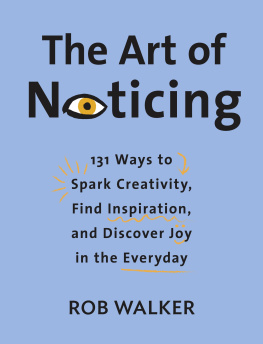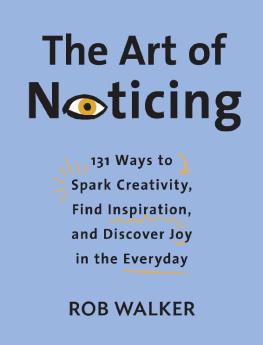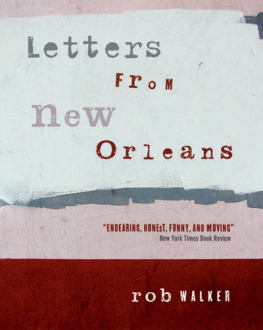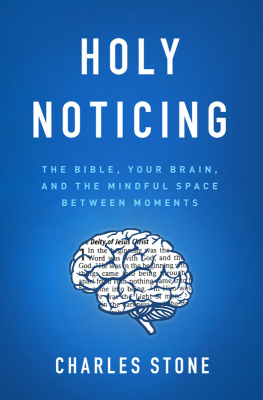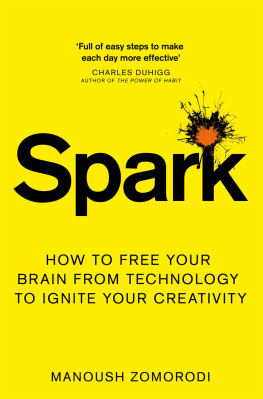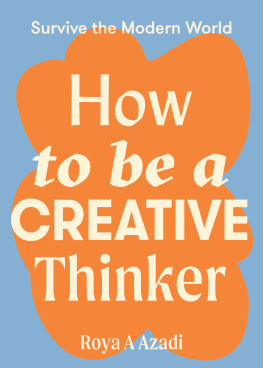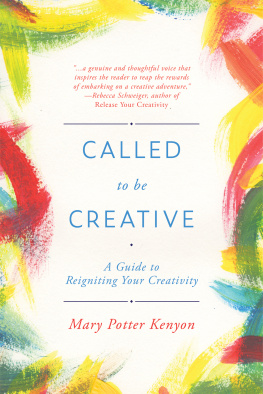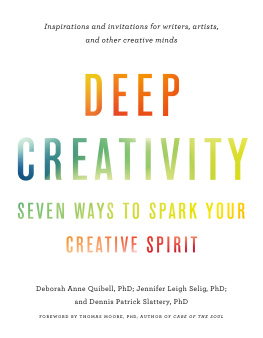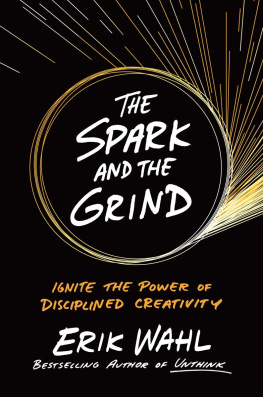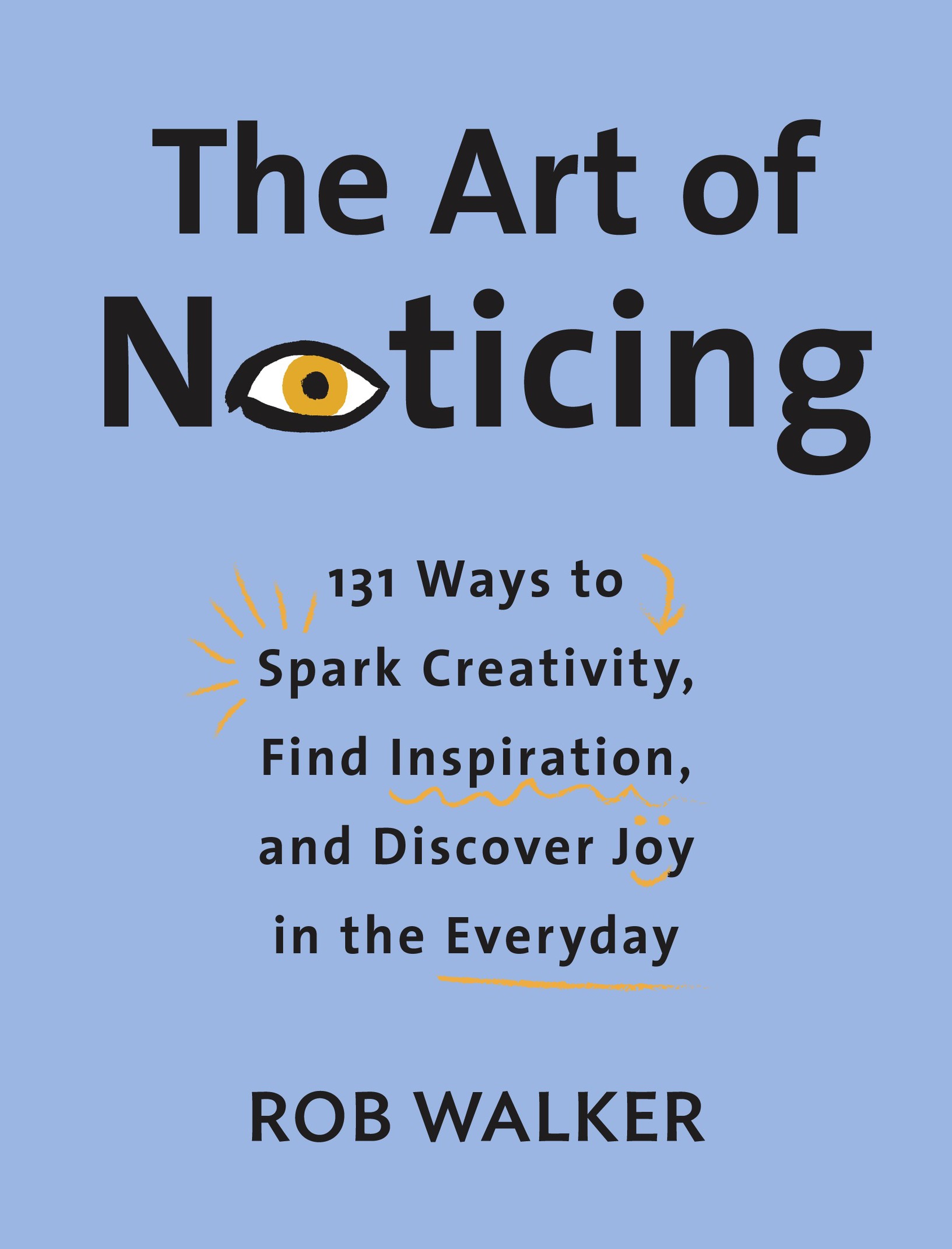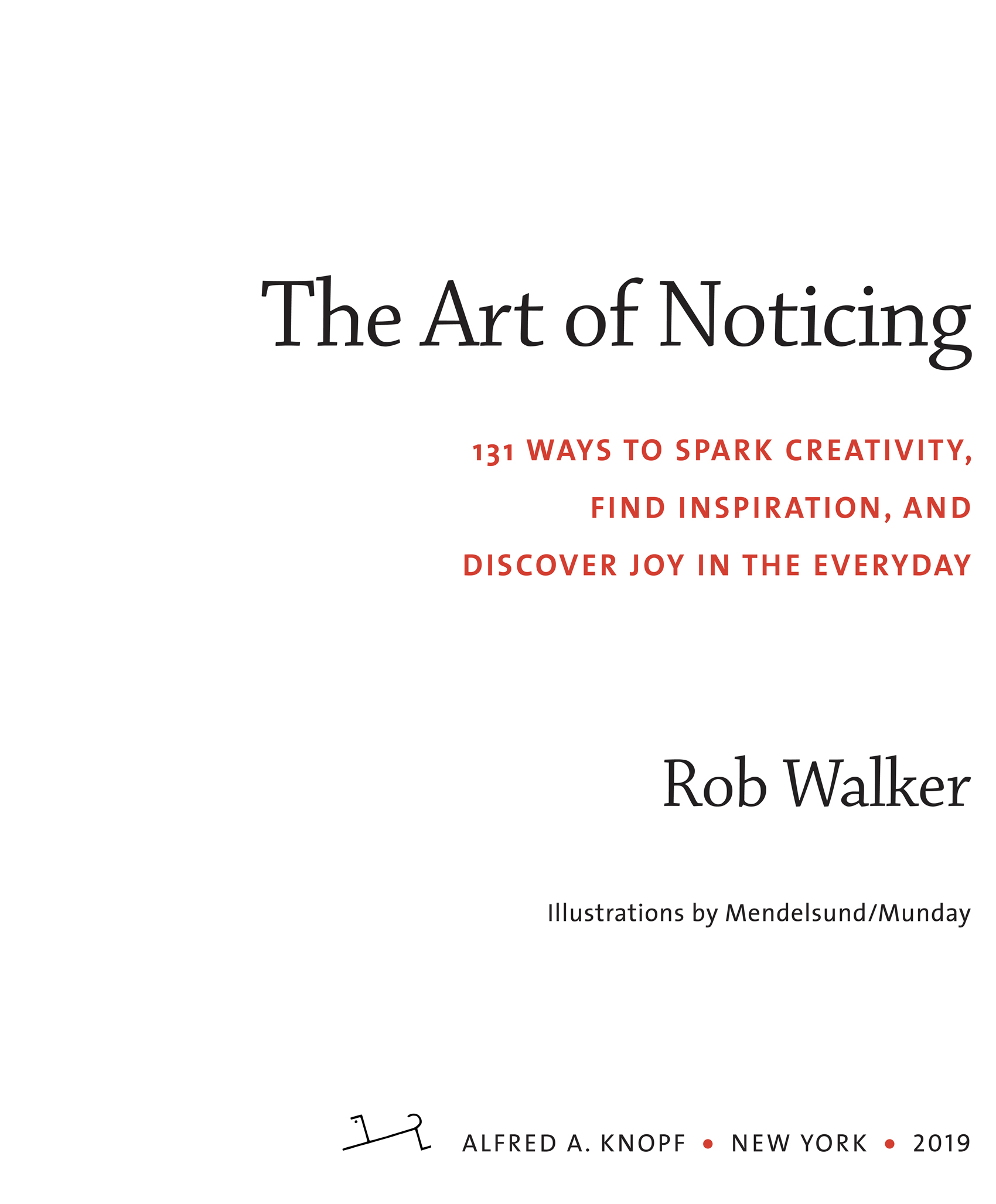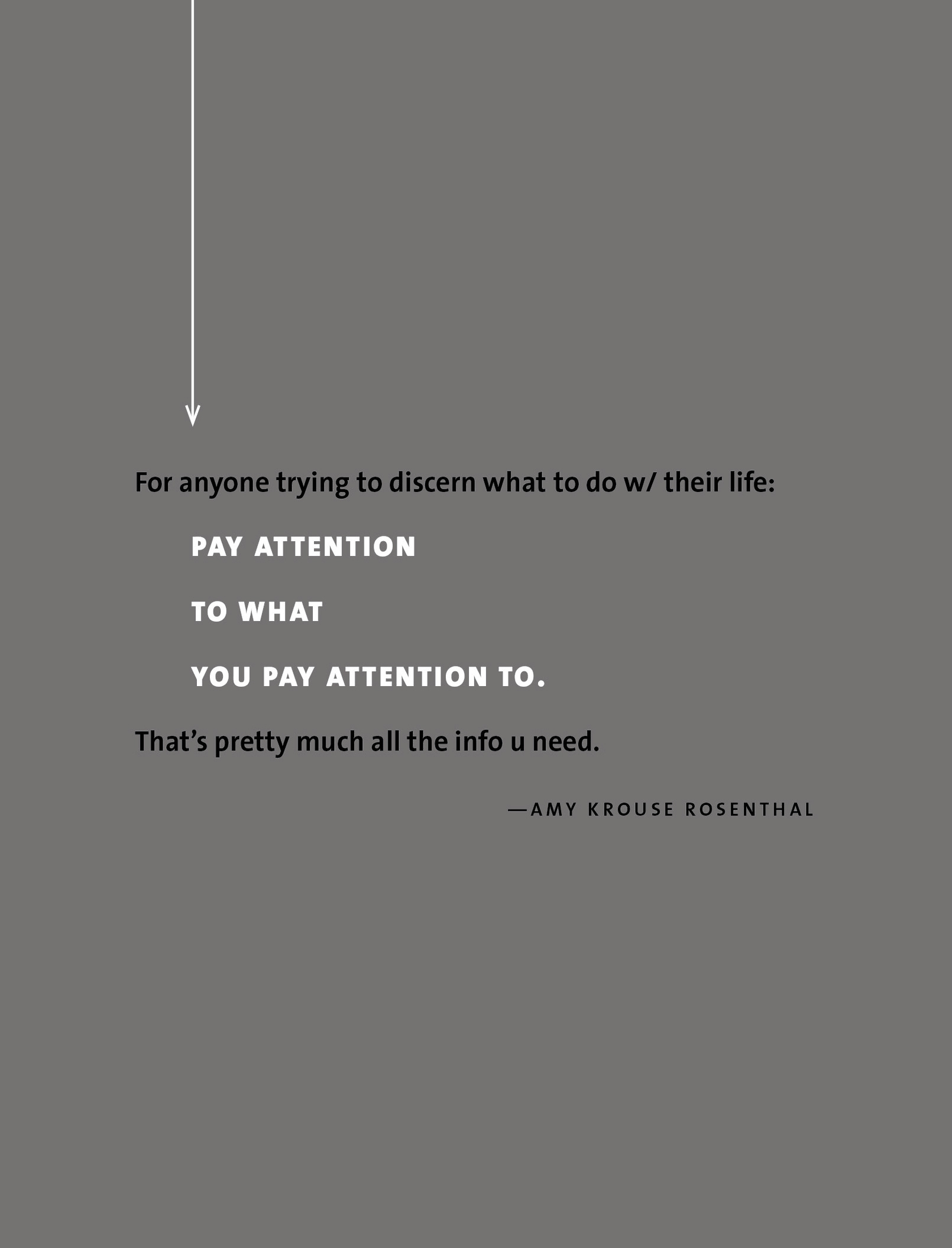Pay attention, Susan Sontag once advised a young audience; she was speaking of the creative process, but also of living. Its all about paying attention. Its all about taking in as much of whats out there as you can, and not letting the excuses and the dreariness of some of the obligations youll soon be incurring narrow your lives. Attention is vitality. It connects you with others. It makes you eager. Stay eager.
To stay eager, to connect, to find interest in the everyday, to notice what everybody else overlooksthese are vital skills and noble goals. They speak to the difference between looking and seeing, between hearing and listening, between accepting what the world presents and noticing what matters to you.
This is important. It is also delightful. And its the soul of this book.
THE ATTENTION OPPORTUNITY
Filmmaker James Benning once described an exercise from a class he taught called Looking and Listening at the California Institute of the Arts. Id take ten or twelve students someplace (an oil field in the Central Valley, the homeless area near downtown Los Angeles, a kilometer-long hand-dug tunnel in the Mojave foothills, etc.), where they would head out on their own and practice paying attention, he later wrote.
The one thing more than anything else, is learning to pay attention.
ROBERT IRWIN
The phrase practice paying attention really struck me when I read Bennings account in a book called Draw It with Your Eyes Closed, about creative assignments for art students. It stuck with me after.
I was at the time planning a five-week class I still teach once a year for the Products of Design graduate program at New Yorks School of Visual Arts. Every year, at some point in our class, I ask my students to practice paying attention before our next meeting. There are no other parameters. Each student resolves this deliberately vague request differently.
My ambition is to provoke them into thinking about what they notice, what they miss, why it matters, and how to become better, deeper, and more original observers of the world and of themselves. And that, in turn, became the inspiration for this book.
Paying attention is a pretty vital skill for a designer. Then again, being what Saul Bellow called a first-class noticercultivating the ability to attend to what others overlook, experiencing enchanting reality as a new and fortuitous giftis crucial to any creative process. And when I say creative process, I mean it as an idea that applies to a broad range of professions and pursuits. The scientist, the entrepreneur, the photographer, the coach: Each relies on the ability to notice that which previously seemed invisible to everybody else.
Baseball executive Billy Beane found success by paying attention to data that others ignored.
Marine biologist Rachel Carson paid heroic attention to the scandalously obscured (and deadly) side effects of pesticides and thereby launched the modern environmental movement.
Warren Buffett paid attention to undervalued companies, becoming arguably the most successful investor of all time.
Jerry Seinfelds observational comedy brilliantly exploited a keen eye for the absurd lurking in what was taken for granted.
Artist and performer Laurie Andersons remarkable eye for the hidden meanings in everyday language and culture made her an unlikely avant-garde superstar (and, as it happens, my all-time hero).
Anybody interested in thinking creatively seeks (needs) to notice what has been overlooked or ignored by others, to get beyond distractions and attend to the world. Every day, successful teachers, doctors, lawyers, small business owners, and middle managers pick up on the subtle clues and details that sail past everyone else.
That, in fact, is why companies like Google and Goldman Sachs have introduced programs specifically designed to help workers counteract our culture of distraction in order to regain their focus and creativity, often under the auspices of meditation or mindfulness training. It is why military leaders from Dwight Eisenhower to James Mattis have extolled the virtues of taking a determined break from interruption and intrusion to make informed and thoughtful decisions.
Paying attention, making a habit of noticing, helps cultivate an original perspective, a distinct point of view. Thats part of what I try to teach my students, and its part of what I try to practice myself.
But paying attention isnt easy.
THE ATTENTION PANIC
The stimulation of modern life, philosopher Georg Simmel complained in 1903, wears down the senses, leaving us dull, indifferent, and unable to focus on what really matters.
In the 1950s, writer William Whyte lamented in Life magazine that billboards, neon signs, and obnoxious advertising were converting the American landscape into one long roadside distraction.
A wealth of information creates a poverty of attention, economist Herb Simon warned in 1971.
The sense that external forces seek to seize our attention isnt newbut it feels particularly acute today. Billboards, shop windows, addictive digital games, an endless news cycle, and commercial appeals tantalize us from all directions. We contend with the myriad distractions flowing through the pocket-size screens we carry with us everywhere. By various estimates, a typical smartphone owner checks a device 150 times per dayevery six minutesand touches, swipes, or taps it more than 2,500 times.
It can feel like everyone weve ever known, every business or cause, wantsdemandsto claim our attention. Polyconsciousness is what one researcher termed the resulting state of mind that divides attention between the physical world and the one our devices connect us to, undermining here-and-now interactions with actual people and things around us.

